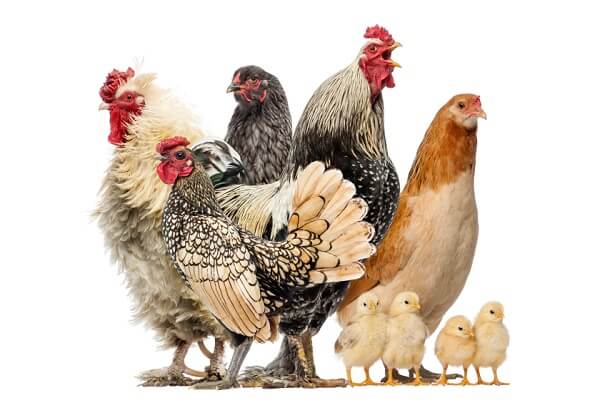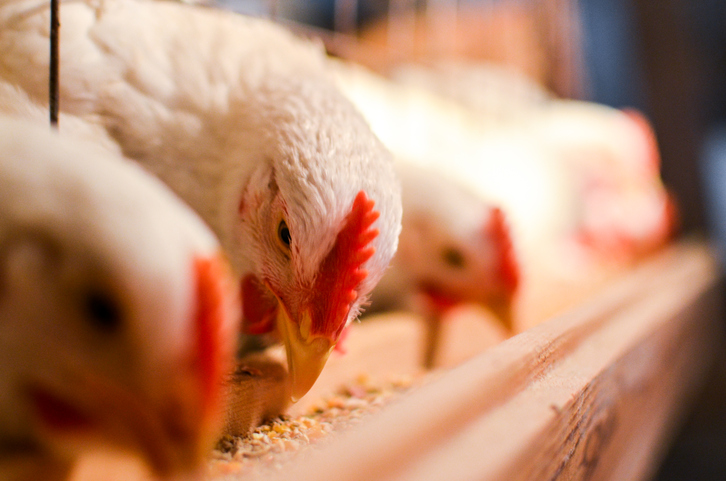There is more to chickens than what many people realise. They can actually recognise and distinguish between over one hundred faces of other chickens. So, they do have an impressive memory, at least when it comes to their own kind! And while some animals have black and white vision, chickens and roosters are able to see in full color, which means that they are able to register all the different colors of each other’s feathers.
This is great, because it would have been such a waste with all those beautiful colors otherwise, especially that strong beautiful red color that we see in their combs. (As you probably already know, both hens and roosters have combs, although they are more pronounced among the roosters).
Chickens also dream when they sleep if we are to draw that conclusion from the fact that they also experience rapid eye movement when they sleep. REM sleep (rapid eye movement) is the time of the night when also humans dream. Perhaps they are more visionary and aware than we realise, because they also do feel pain. Chickens have pain receptors which means that they can experience both pain and distress.
With this in mind we need to be respectful of chickens, roosters and hens and be discerning customers that choose only to buy eggs and chicken products that come from responsible sources. To read more about chickens get on our email marketing list and be informed of upcoming blog posts, offers and promotions. We aim to please and entertain you!







